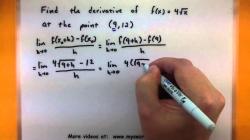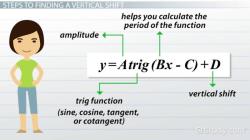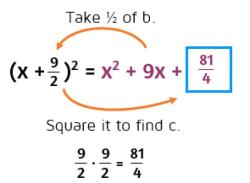How to solve linear equations with fractions in Algebra?
Solving linear equations with fractions in algebra involves similar principles as solving equations with whole numbers. The key is to isolate the variable on one side of the equation. Here are the steps to solve linear equations with fractions:
Step 1: Clear Fractions
To eliminate fractions from the equation, multiply both sides of the equation by the least common multiple (LCM) of the denominators. This will make the fractions disappear.
For example, if you have the equation:
(1/3)x - (2/5) = 4
The LCM of 3 and 5 is 15. Multiply both sides by 15 to clear the fractions:
15 * [(1/3)x - (2/5)] = 15 * 4
This simplifies to:
5x - 6 = 60
Step 2: Solve for the Variable
Now that you have an equation without fractions, solve for the variable (in this case, 'x'). You can do this by isolating 'x' on one side of the equation.
Continuing with the example:
5x - 6 = 60
Add 6 to both sides to isolate 5x:
5x - 6 + 6 = 60 + 6
This simplifies to:
5x = 66
Step 3: Solve for 'x'
Now, to find the value of 'x', divide both sides by the coefficient of 'x', which is 5:
(5x)/5 = 66/5
This simplifies to:
x = 66/5
Step 4: Simplify the Fraction (if needed)
If possible, simplify the fraction further:
x = 13.2
So, the solution to the equation is x = 13.2.
Always check your answer by substituting it back into the original equation to ensure it satisfies the equation with fractions.
These steps can be applied to linear equations with fractions of varying complexity. The key is to clear the fractions first, then isolate and solve for the variable.













